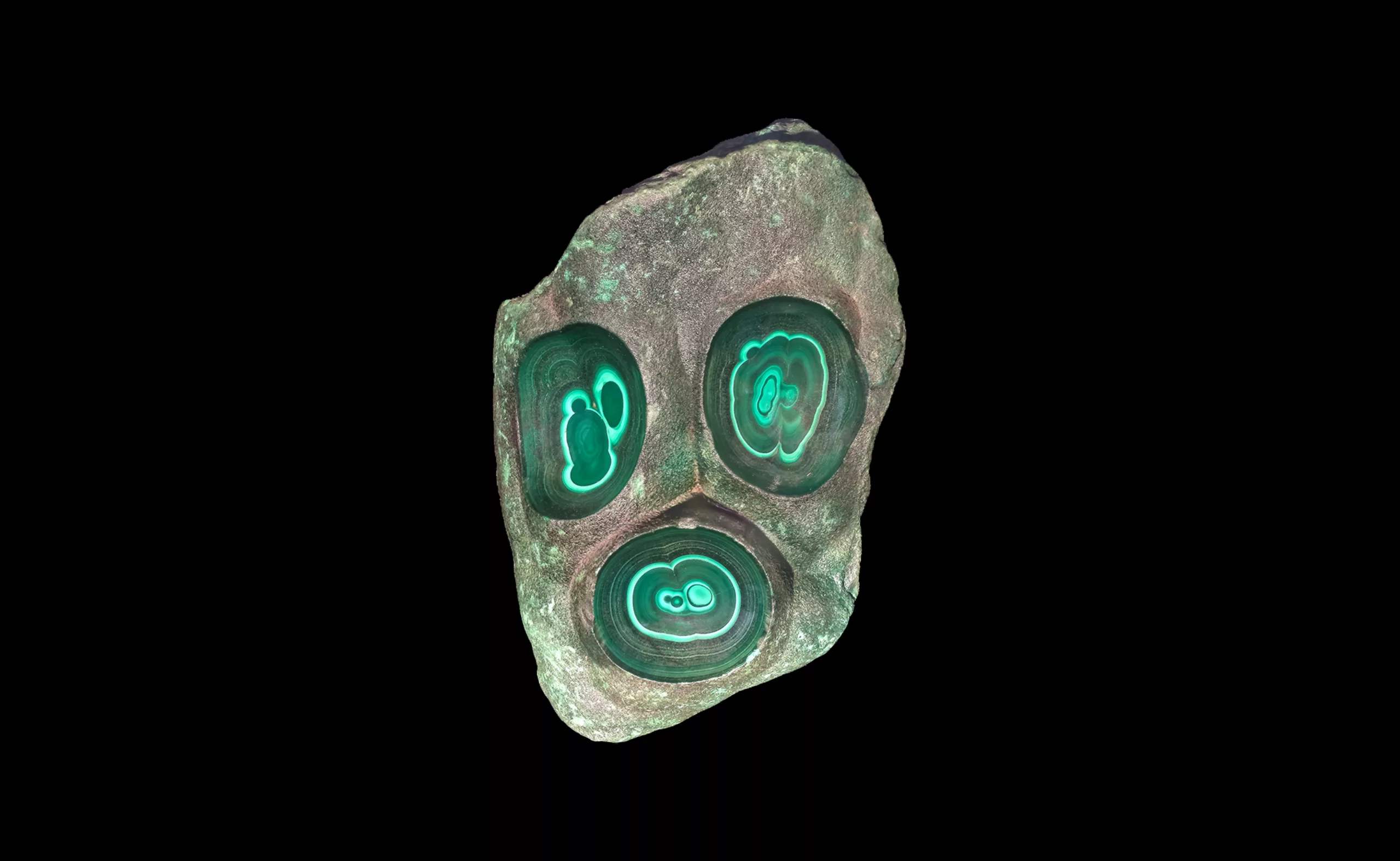Black and blue: registered and exclusive colors?

In the art world, color is a tool but also a support; for some artists like Kapoor or Klein, color sometimes even becomes matter, and its symbolism prevails over its chromatic value. And when artists exploit an exclusive color, so much so that it becomes their trademark and we think that this color is registered, we can ask ourselves if it is legally the color or its symbolism that unleashes passions in this color war.
The blackest black is a technology, not a registered color
In 2016 Anish Kapoor provokes the anger of artists by purchasing the license to use Vantablack, the most absolute black in the world, which absorbs 99.965% of colors. Kapoor has since been accused of monopolizing a fundamental color without sharing this discovery with other artists. Originally, Vantablack was not created by Kapoor himself but in collaboration with Surrey Nanosystems, an English company that first developed this technology for use in the aerospace field, for telescopes and satellites. This black substance is actually neither a color nor a paint but a technology, it is also perfectly waterproof, which makes it a coating that also interests the army.

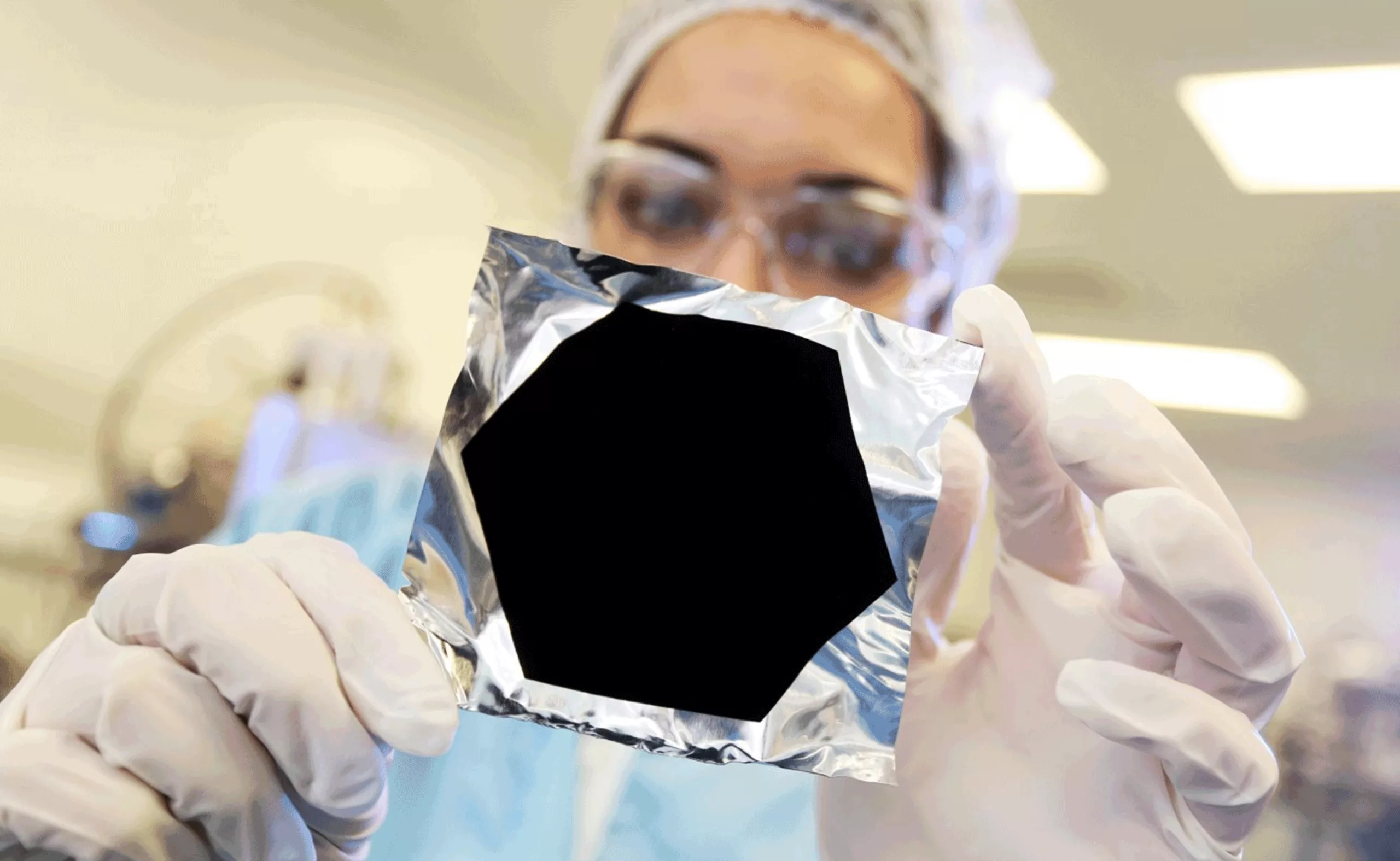
Technologically speaking, Vanta stands for Vertically aligned nanotubes arrays. Nanotubes 10,000x thinner than a hair are tightly packed like trees in a forest; they block the light and prevent it from reflecting, absorbing all the volumes, details and reflections. Once applied and then cooked to create havoc in the tubes and make them even more blocking, the eyes perceive only the void: we see only a black hole, without volumes or depth, “it is a physical thing that you can not see, which gives it a transcendental dimension, I find it captivating,” says Anish Kapoor who seeks through his work to detach the work of the artist’s hand.
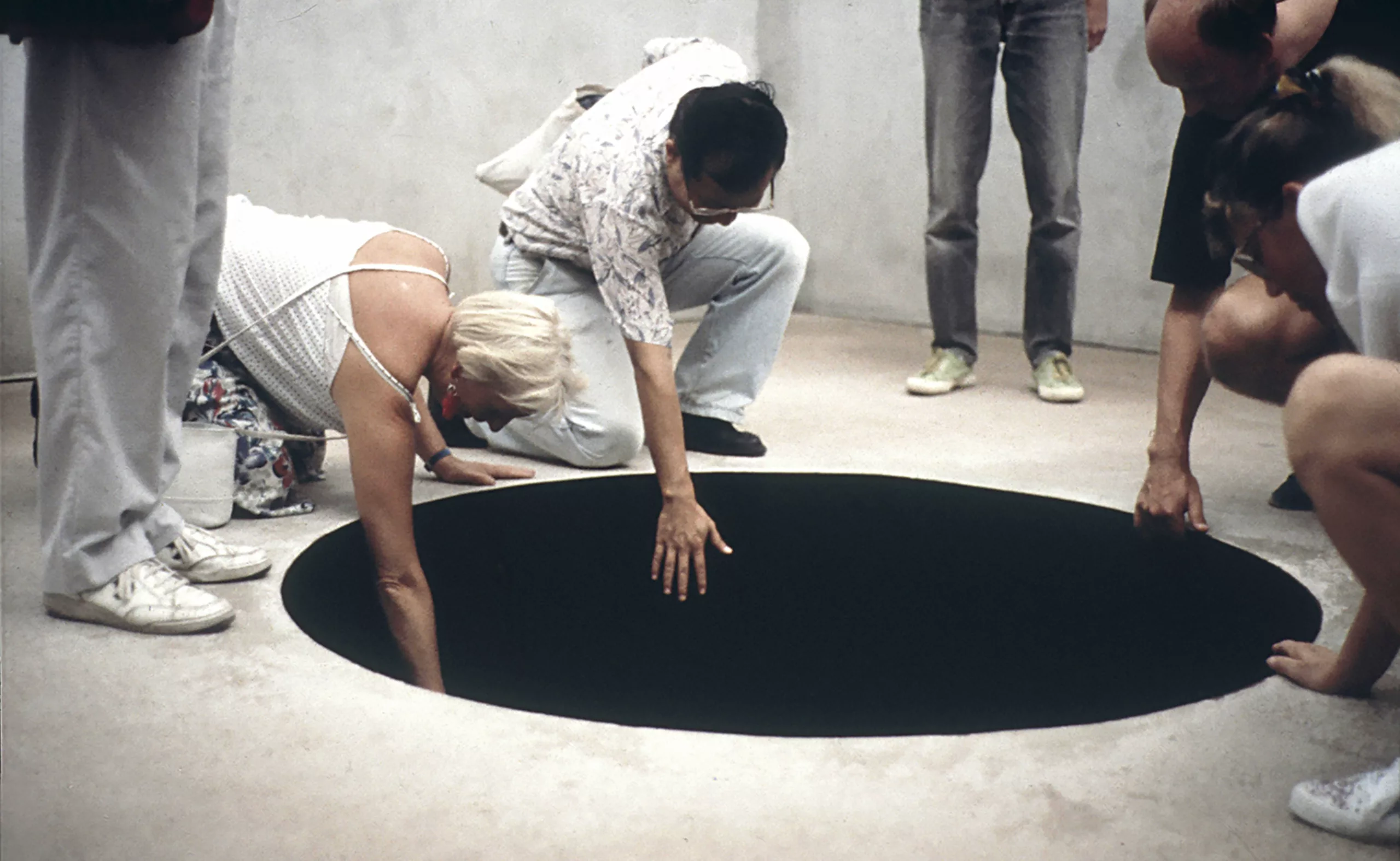
Is black blacklisted (because Anish Kapoor has exclusive rights to it)
The British artist has collaborated with scientists to use this black-void in art, being the “ideal artist” chosen for this project. It is the company that owns the technological patent, and Kapoor simply the license for exclusive use in the field of art. Kapoor has therefore no merit as an artist in the creation of this material. He nevertheless claims his exclusive rights on this abysmal black: to let the use of this technology to other artists would be like asking a manufacturer to give the plans of a registered design, he defends himself. He has worked in the same way for the creation of stainless metal for other sculptures, among others: first come, first served.

Kapoor has not filed a patent for this substance or for a specific color and does not legally prevent other artists from using it … but finally the nuance is small and above all, the result is the same! This exclusivity of use has provoked the reaction of Stuart Semple, a British artist who hastened to create “the pinkest pink” and expressly prevented the sale to Anish Kapoor, launching a color war between the two artists. To push further his desire to make the use of this kind of color accessible to all artists, and to provoke Kapoor again, he launched his “blackest black” sold to all … except to the artist of Vantablack.
Even blacker blacks
In fact, this black was created based on the research of a team of scientists and colleagues of the artist Frederik de Wilde who claims to have created another blacker black in collaboration with Nasa, the NANOblck. We haven’t found any information regarding the patenting of this technology, which surely must be, but if you’re looking to use blacker than black, the best thing to do is to get some from Culture Hustle, Stuart Semple’s website (which also offers a spectral color that reacts to heat).
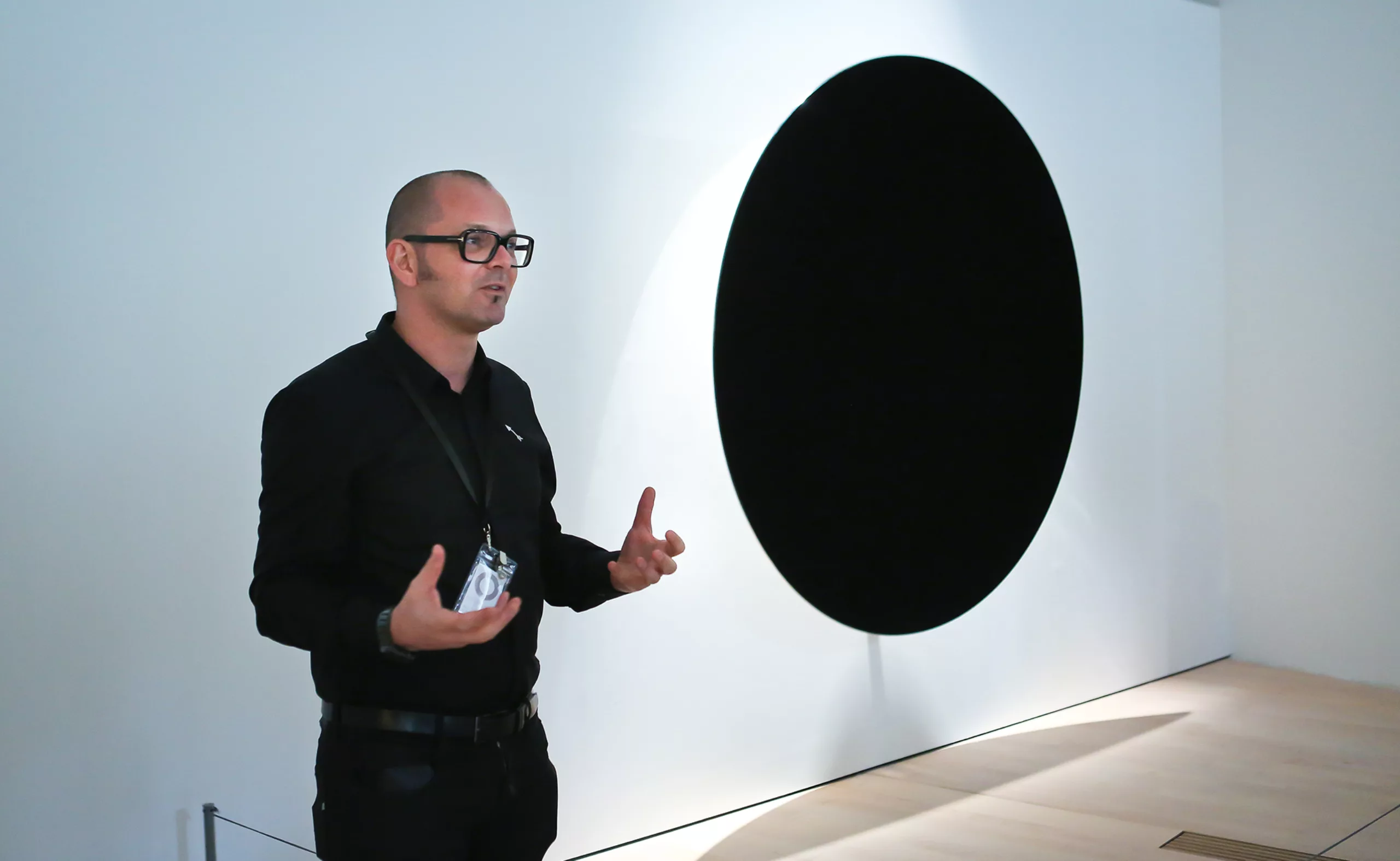
This war of black has prompted other scientists to develop their own recipe. Recently, in 2019, artist Diemut Streb, on the other hand, created the work entitled “Vanity Redemption” by covering a 16.78-carat yellow diamond (estimated at $2 million) with the blackest black in the world, in collaboration with a technology using carbon nano-tubes, and the MIT Center for Art, Science and Technology.
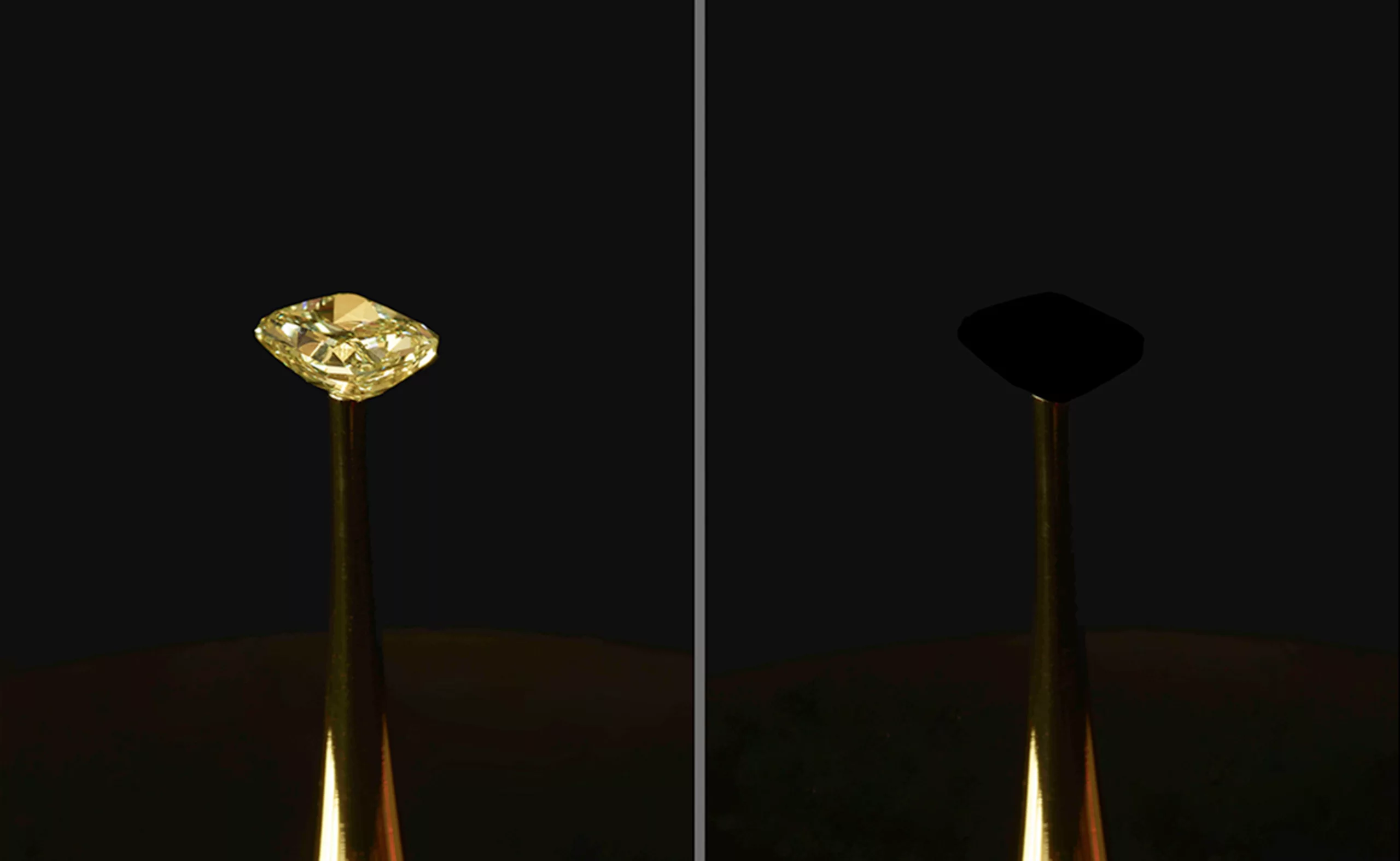
This technology will be available to artists, which should redeem the sin of vanity of Anish Kapoor. The “redemption” here bears its name well!
The particularity and the symbolism of black make it a primordial “color”.
But the reasons for this anger and this war of artists are above all that Anish Kapoor did not choose just any color, he chose the one that, with red, has the most symbolic value in the eyes of humans. Black is the matrix color of the beginnings of the world before the “let there be light”, of the infinite, of the absence of everything. It is the color of darkness and then of the consumed fire, which appeals to our primitive origins: black represents, as Orpheus sings, the “mothers of gods and men, origin of all created things”. Since the beginning of the world, the mystery of life and the sacred womb of the mothers, at the origin of humanity, were celebrated in caves and dark places. Black is therefore the primary color of all the stories of the creation of the world, everywhere in the world. Black is thus the harbinger of the beginnings, of an evolution and a transformation, because it exists only in opposition to white, to light. It is the color of renunciation, of the imprisoned body, of death, and of the alchemical black work, announcing an evolution of the body towards the light of the spirit, of knowledge. Black has thus given its symbolism of renunciation and light to come to the religious and puritan austerity, giving birth to minimalism and then to luxury, as a classic color par excellence.
Black is not scientifically a color because it absorbs all colors and does not emit any light. It is defined since its origins and by the language not by its chromatic value but by the matter which it covers and its luminosity : one spoke of black in the plural by confusing it with blue or green in Greek or Roman languages at the time when it was complicated to dye in black, or by defining it in two different ways, matte black (ater, at the origin of the word “atrocious” in Latin, or swart in German) disturbing and deadly black, and the brilliant black (niger in Latin or blaek in German) luminous, instrument of knowledge, as explained by Michel Pastoureau in his book Noir, histoire d’une couleur. Blaeck and blank (black and white) have the same Germanic etymology, blik-an, which means shining. By appropriating the use of this material of the void, Anish Kapoor has also appropriated all its symbolism, fundamental in the quest to represent the mystery of humanity or spirituality.
The Klein blue is not a registered color
When Yves Klein deposited his famous blue, he was also -and well before Kapoor- in this process of searching for a transcendental color, symbolizing not matter but the spirit, the immaterial. This is also the path followed by the Russian suprematist Kasimir Malevich 40 years before him, without being able to find a black as deep as Vantablack or NANOblck – which would probably have obsessed him just as much!
Yves Klein developed his IKB (International Klein Blue) with the help of a hardware dealer, Edouard Adam, and registered it on May 19, 1960 under a Soleau envelope. Better known as “Bleu Klein”, it is not however a color that is registered here either, but the scientific mixture that leads to this shade and rendering of “blue beyond dimension”. Blue is, like black, the color of the infinite, but symbolizes the sky, the dream, the “blood of sensitivity body” as Klein says. It is not, unlike black, the symbol of the body or death but of the spirit, of escape. Klein made it his trademark, his signature color, although he did not work only with blue.
We notice that for the three artists mentioned in this article, it is not only the monochrome but also the round shape that stands out. This round shape is also highly symbolic because it is one of the oldest shapes in the world: it refers to the moon, a star venerated by the ancients, to nature in its entirety, it is the roundness of the womb of the woman who gives life, a symbol of completeness, union, perfection and balance.
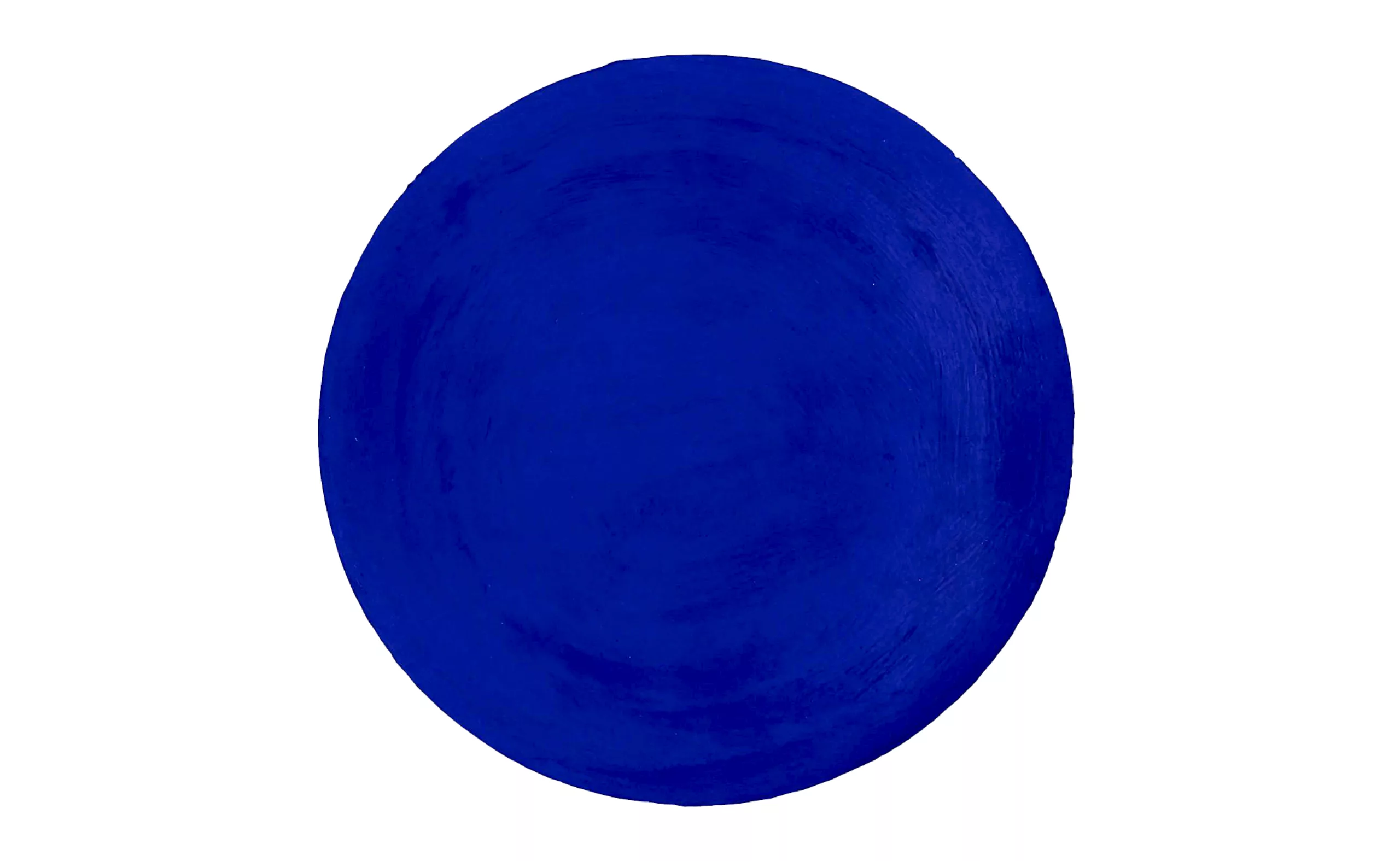
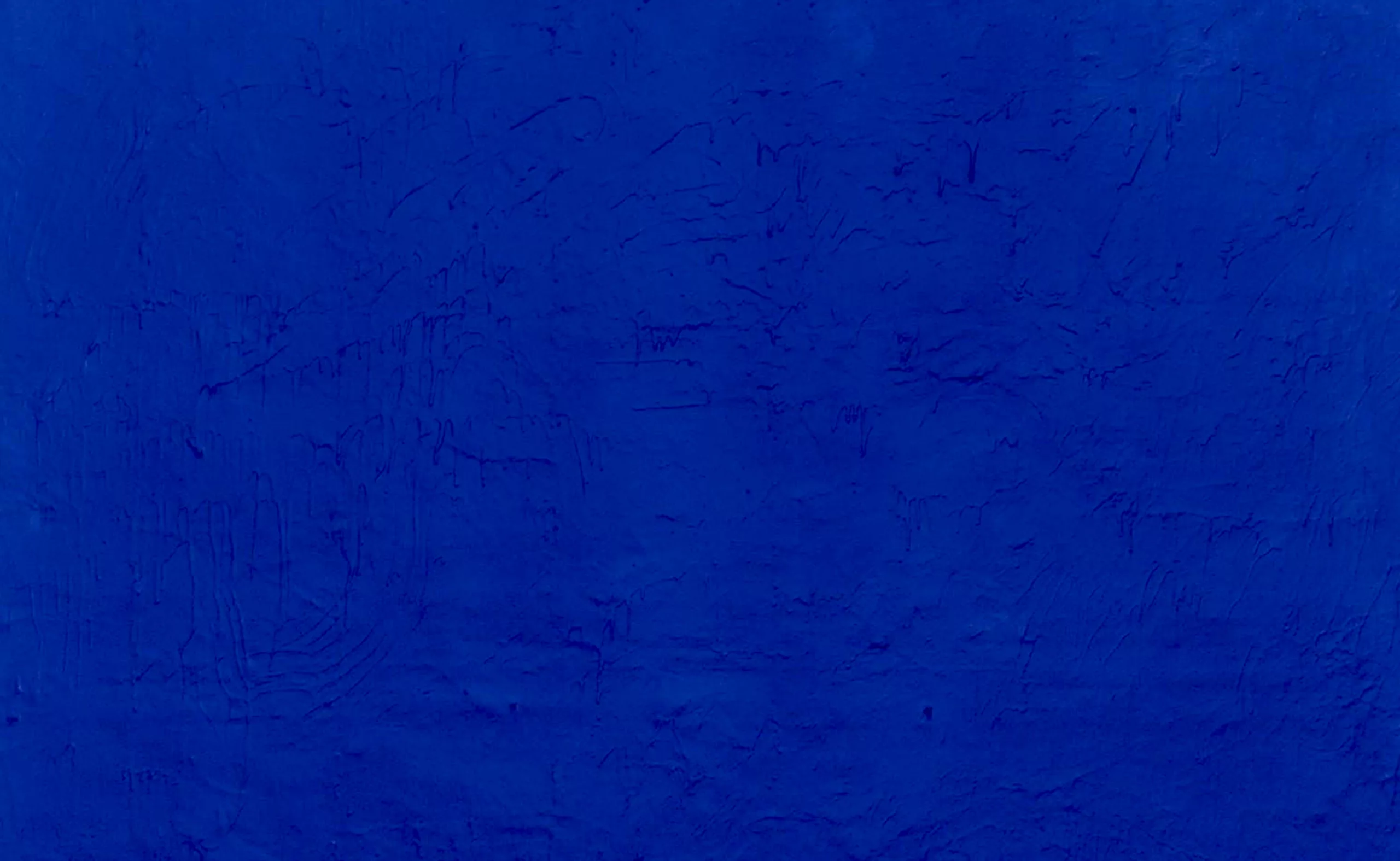
To return to Klein blue, for a long time, blue was made with lapis lazuli, a semi-precious stone which made it an exorbitantly expensive dye reserved for the nobility, before it could be produced synthetically. In his IKB formula, Klein combined a synthetic ultramarine blue (which he found in paint stores) with a special binder recommended by the hardware store (Rhodopas, manufactured at the time by Rhône-Poulenc) which allowed him to fix the pigments while maintaining the powdered effect that gave it an exceptional and pure depth, to enhance his artistic research. This particular mixture and without oil allows to keep the pulverized pigments with their velvety aspect without binding them together, while fixing them on a support.
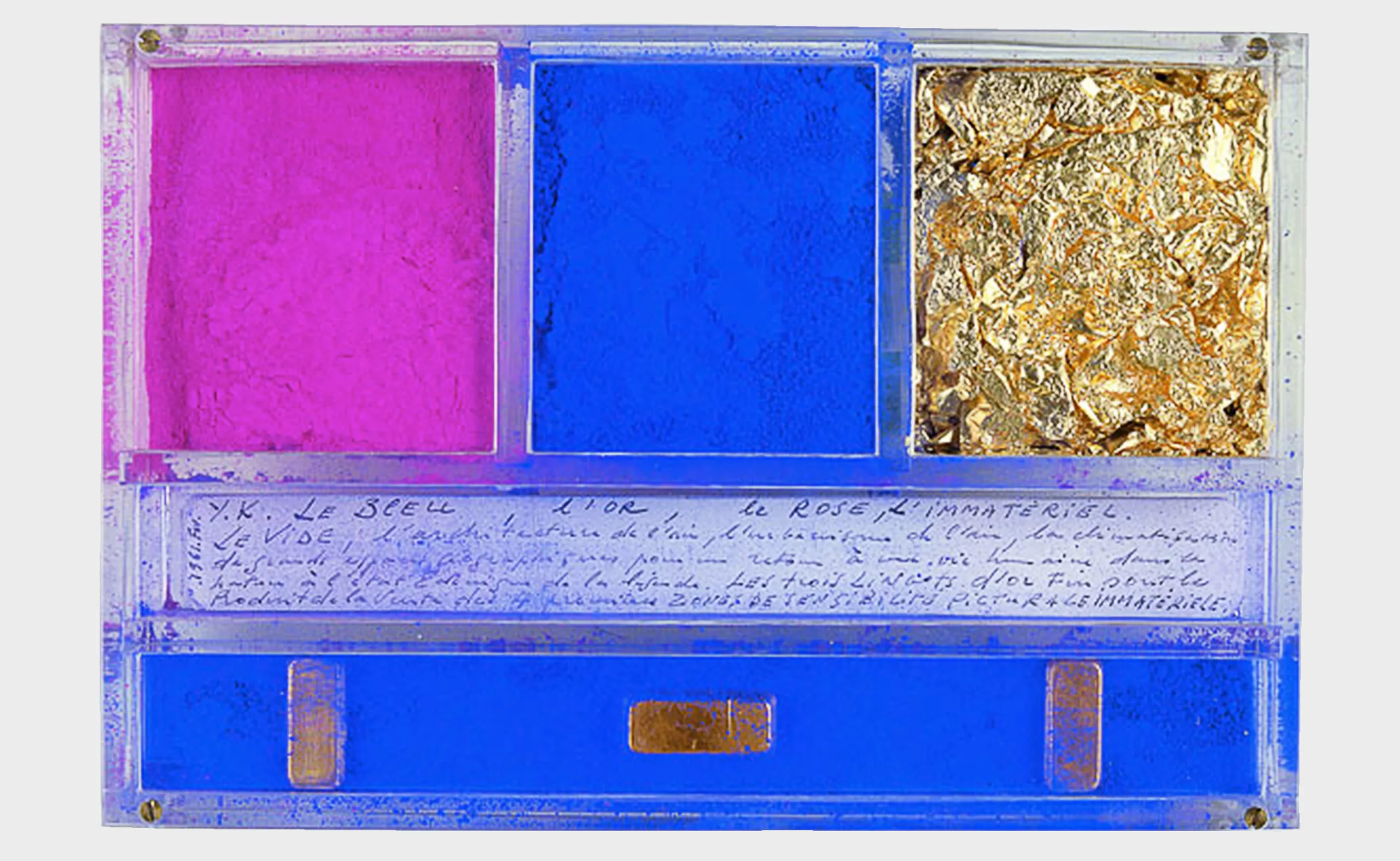
Yves Klein thus obtains “the most perfect expression of blue” which allows him to render the immaterial visible, to access the absolute and to transcend the flesh in an artistic, spiritual and alchemical quest embodied in the pink, blue and golden Holy Trinity. His pink Monopink™ seems to be a registered trademark (hence the trademark) but it does not seem here that it is the color that is registered but rather the principle of the pink monochrome, the artist having also registered the Monogold which is a monochrome with gold leaf, gold being a material and not a protected color.

Klein, in his approach, has therefore registered a technology similar to that of Kapoor, but by registering a single shade of blue (and not blue in its entirety) and a monochromatic concept, linked to a plastic and spiritual approach.
We can easily understand the limits raised by the fact of registering a technology on the creation and the use of a color by artists, but what about in the field of trademarks? Is it legally possible to register a color, and make it your visual signature? This is what we talk about in our article on color and trademarks.

